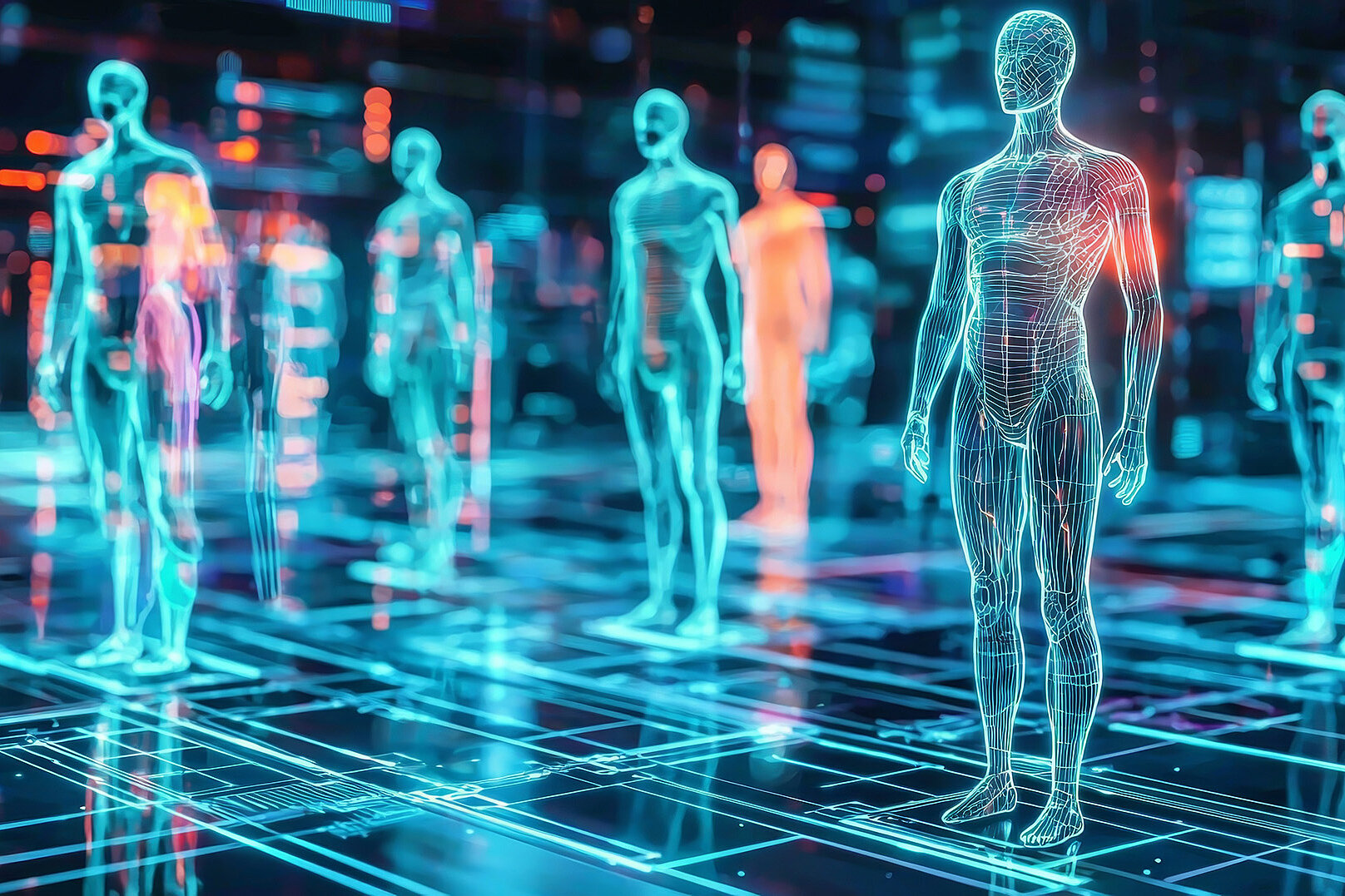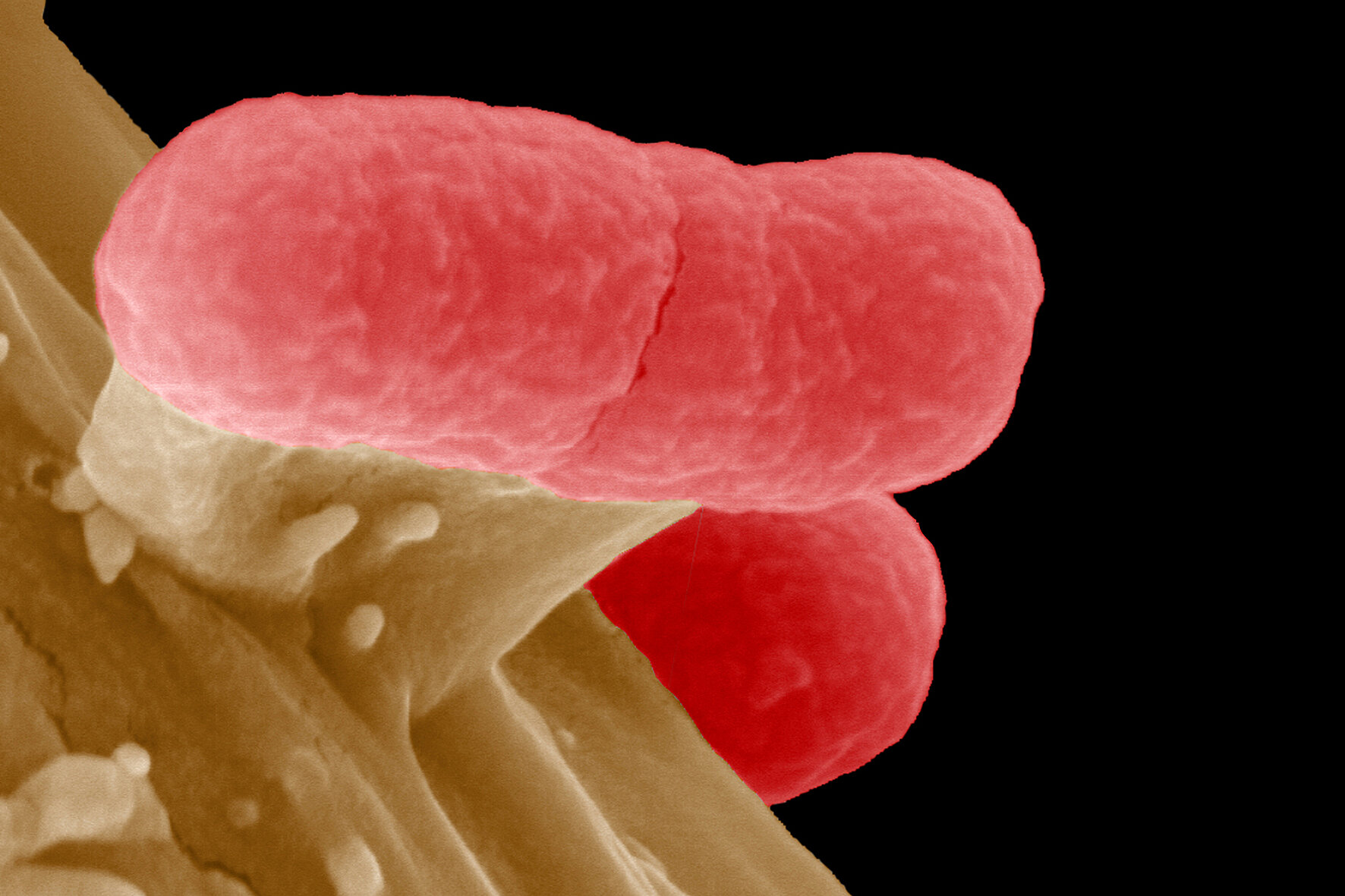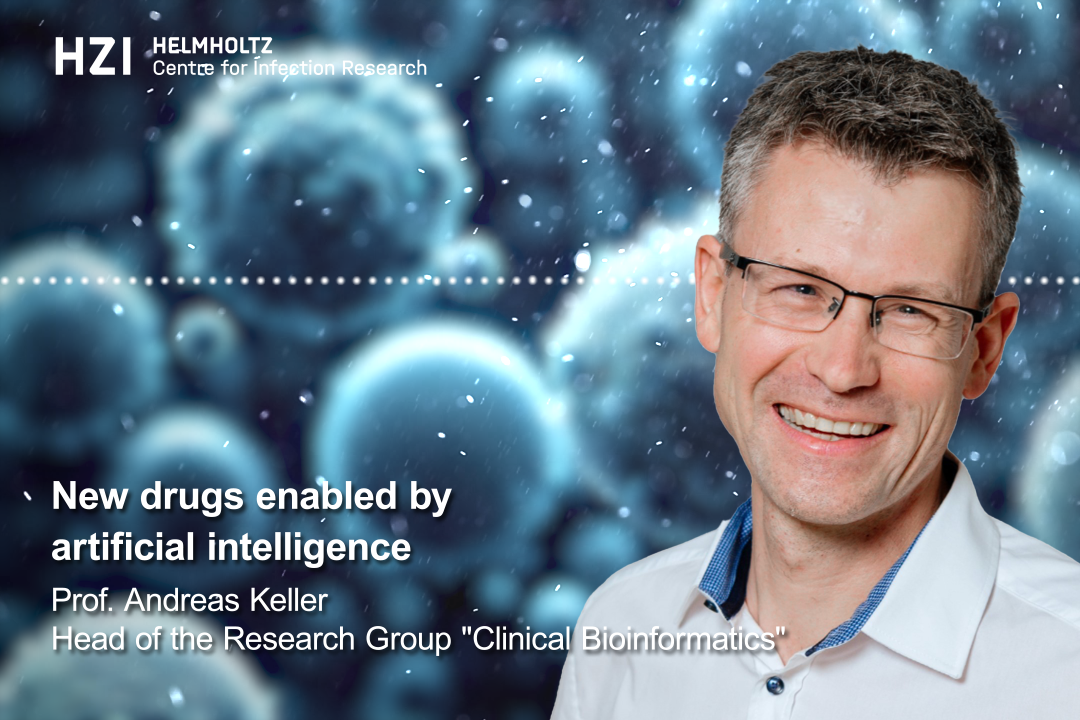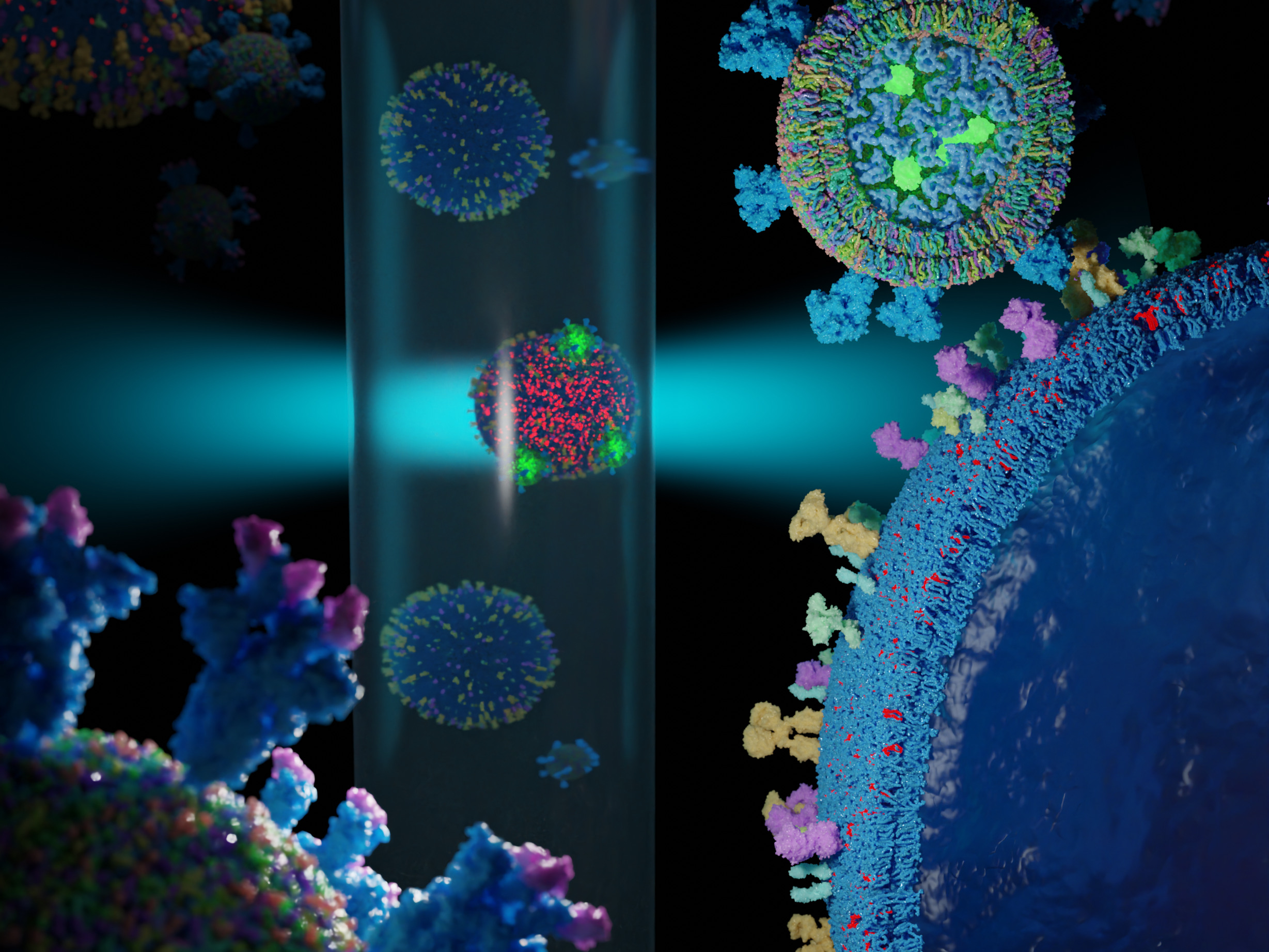
Biological Codes of Pathogens
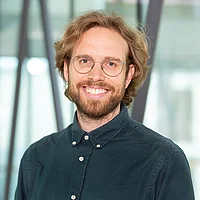
Our Research
Our research focuses on deciphering and influencing the biological codes of pathogens at the molecular level. When we think of a pathogen, for example a single virus particle, we usually have a simplified picture in mind of what it looks like and how it is structured. However, we neglect how differently this individual particle - even with identical genetic equipment - can be structured. As these different forms of appearance influence the properties of the pathogen, it is important to understand them better in order to contain infectious diseases. The diversity of these manifestations is due to the interaction of different biological codes. Our team has set itself the task of developing new technologies to decipher these codes in order to investigate their physiological relevance and to be able to influence them. Research into these molecular codes is hampered in particular by two hurdles:
- the nanoscopic size of many pathogens
- the complexity of life cycles and interactions with their environment
The first hurdle is often solved by signal amplification through the simultaneous measurement of many pathogens (“bulk”), which, however, results in the loss of information about heterogeneity. By using high-throughput technologies with single particle resolution and advanced microscopy methods, we can detect and analyze this diversity.
To better understand the complex interactions of pathogens with their environment, we use synthetic biology methods that allow us to investigate certain questions in a defined and simplified system. For example, we can build a highly simplified artificial cell to analyze the binding behavior of viruses. By using environment-sensitive reporter molecules, we also investigate the collective biophysical properties of pathogens.
Our Research
Our research focuses on deciphering and influencing the biological codes of pathogens at the molecular level. When we think of a pathogen, for example a single virus particle, we usually have a simplified picture in mind of what it looks like and how it is structured. However, we neglect how differently this individual particle - even with identical genetic equipment - can be structured. As these different forms of appearance influence the properties of the pathogen, it is important to understand them better in order to contain infectious diseases. The diversity of these manifestations is due to the interaction of different biological codes. Our team has set itself the task of developing new technologies to decipher these codes in order to investigate their physiological relevance and to be able to influence them. Research into these molecular codes is hampered in particular by two hurdles:
- the nanoscopic size of many pathogens
- the complexity of life cycles and interactions with their environment
The first hurdle is often solved by signal amplification through the simultaneous measurement of many pathogens (“bulk”), which, however, results in the loss of information about heterogeneity. By using high-throughput technologies with single particle resolution and advanced microscopy methods, we can detect and analyze this diversity.
To better understand the complex interactions of pathogens with their environment, we use synthetic biology methods that allow us to investigate certain questions in a defined and simplified system. For example, we can build a highly simplified artificial cell to analyze the binding behavior of viruses. By using environment-sensitive reporter molecules, we also investigate the collective biophysical properties of pathogens.
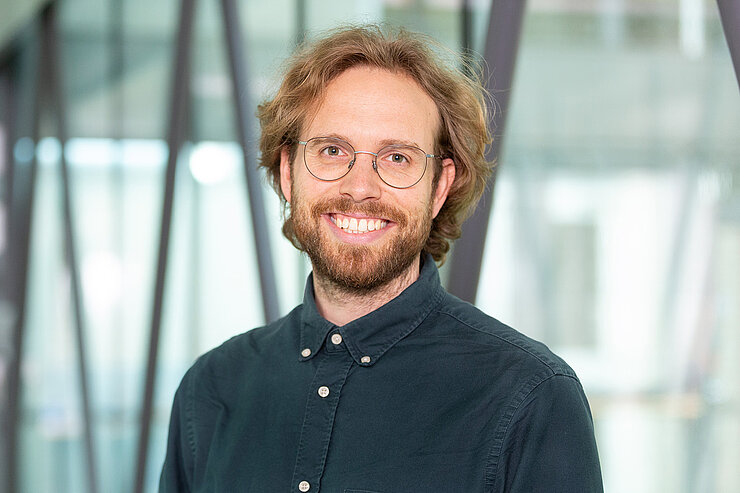
Driven by the question of how life works on a molecular level, Jan Schlegel studied biology at the JMU Würzburg. Here he developed a particular fascination for biophysical methods and uncovering the hidden “nano-world”. He therefore decided to study for a doctorate in life sciences in the working group of Prof. Markus Sauer in order to further develop methods of super-resolution single-molecule microscopy for lipids in the context of host-pathogen interactions. After successfully completing his doctoral thesis (summa cum laude), he moved to the Karolinska Institutet (Prof. Erdinc Sezgin) in Sweden as a postdoctoral researcher in 2021 to develop innovative high-throughput screening methods for nanoparticles using advanced microscopy methods and synthetic biology. The award of a competitive Marie Skłodowska-Curie Postdoctoral Research Fellowship allowed him to focus on his own research in the field of asymmetric distribution of lipids in biological membranes from 2022 to 2024. He then moved to the Royal Institute of Technology (KTH) in Sweden (Prof. Hjalmar Brismar & Dr. Hans Blom) as a postdoctoral researcher, where he was able to further develop his expertise in single-molecule localization microscopy to answer cell biological questions using MINFLUX microscopy. Since August 1, 2025, Jan Schlegel has headed the HUMAN (Human Microbe Alliance for Universal Health) junior research group “Biological Codes of Pathogens” at the Helmholtz Centre for Infection Research (HZI) in Braunschweig. His group is dedicated to the research of biological codes (e.g. glycocode, biophysical code, etc.) of pathogens in order to develop innovative diagnostic and therapeutic approaches against infectious diseases.
Team

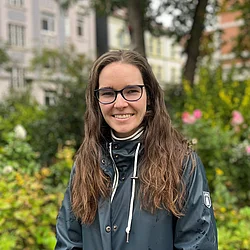
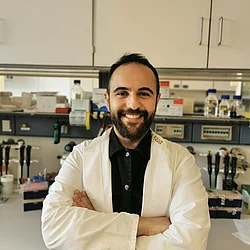
Selected Publications
Milka Doktorova, Jessica L. Symons, Xiaoxuan Zhang, Hong-Yin Wang, Jan Schlegel, Joseph H. Lorent, Frederick A. Heberle, Erdinc Sezgin, Edward Lyman, Kandice R. Levental, Ilya Levental: "Cell Membranes Sustain Phospholipid Imbalance Via Cholesterol Asymmetry" Cell. 2025, DOI: 10.1016/j.cell.2025.02.034
Pablo Carravilla *, Luca Andronico *, Jan Schlegel *, Yagmur B. Urem, Ellen Sjule, Franziska Ragaller, Florian Weber, Cenk O. Gurdap, Yavuz Ascioglu, Taras Sych, Joseph Lorent, Erdinc Sezgin: "Measuring plasma membrane fluidity using confocal microscopy" Nature Protocols. 2025, DOI: 10.1038/s41596-024-01122-8
* equal contribution
Taras Sych, Jan Schlegel, Hanna MG Barriga, Miina Ojansivu, Leo Hanke, Florian Weber, R Beklem Bostancioglu, Kariem Ezzat, Herbert Stangl, Birgit Plochberger, Jurga Laurencikiene, Samir El Andaloussi, Daniel Fürth, Molly M Stevens, Erdinc Sezgin: "High-throughput measurement of the content and properties of nano-sized bioparticles with single-particle profiler" Nature Biotechnology. 2023, DOI: 10.1038/s41587-023-01825-5
Jan Schlegel, Bartlomiej Porebski, Luca Andronico, Leo Hanke, Steven Edwards, Hjalmar Brismar, Ben Murrell, Gerald M. McInerney, Oscar Fernandez-Capetillo, and Erdinc Sezgin: “A Multiparametric and High-Throughput Platform for Host–Virus Binding Screens” Nano Letters. 2023, DOI: 10.1021/acs.nanolett.2c04884
Felix Wäldchen *, Jan Schlegel *, Ralph Götz, Michael Luciano, Martin Schnermann, Sören Doose, Markus Sauer: “Whole-cell imaging of plasma membrane receptors by 3D lattice light-sheet dSTORM” Nature Communications. 2020 * equal contribution DOI: 10.1038/s41467-020-14731-0
Publications
A complete list of publications can be found here.
